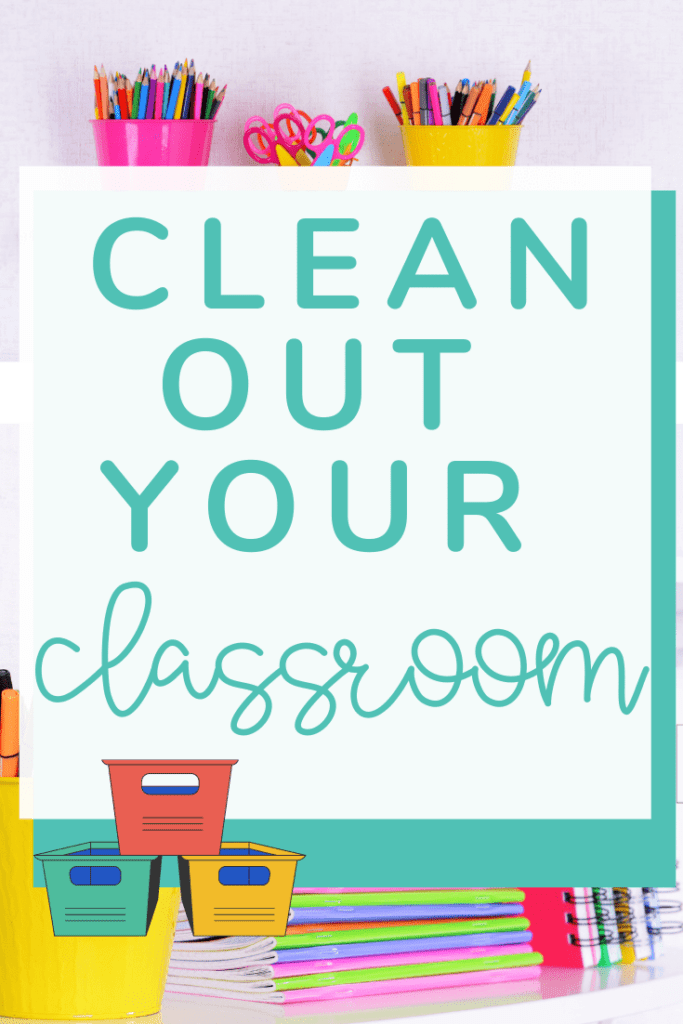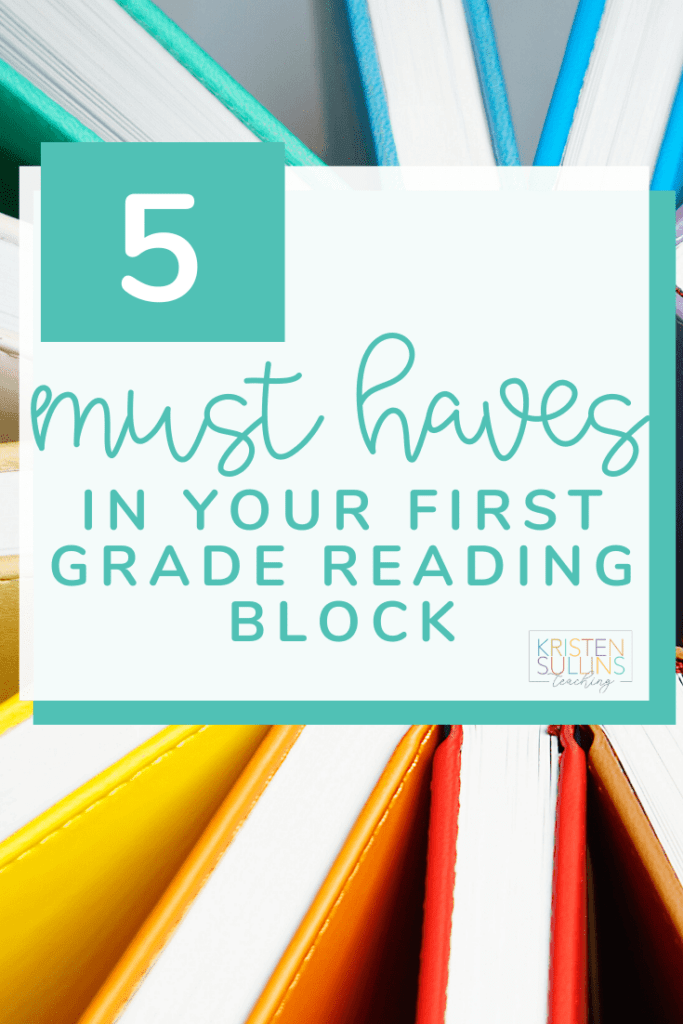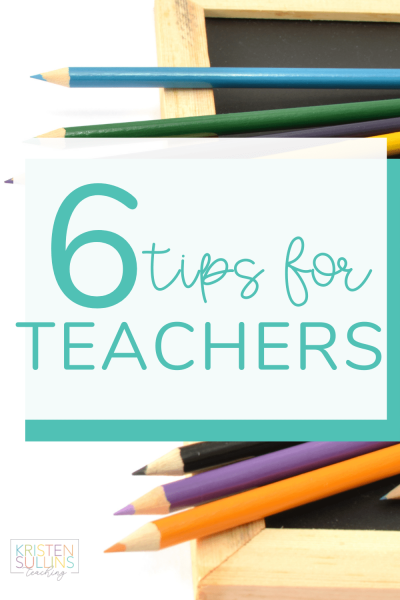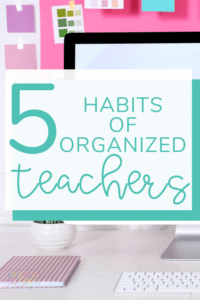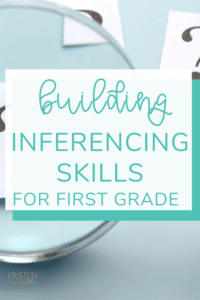Our job as teachers is hard enough, so I'm sharing six tips that I use to help make my job just a little bit easier!
I hope that you find at least some small piece of inspiration or ah-ha moments from this post!
If you don't already, you can follow me on Instagram for tips, freebies, book recommendations and few good laughs HERE:

First Grade Teacher Tip #1: The To-Do List Braindump
Before you leave work each day, do a brain dump of everything on your mind and everything you need to add to your to do list. This is super simple to do, just grab a sheet of paper. I like to keep just a blank notebook or notepad around my desk and I just sit down and I write down everything that comes to mind on the paper.
Sometimes just getting the tasks and ideas out of your head and onto paper will allow you to go home and relax and focus on your family rather than thinking of all the things you have to do the next day because you know it’s written down.
When you get to school the next day you can look back on all of your tasks and ideas. Then you can prioritize your to-do list and you can mark things off. This will really help you feel organized and ready to tackle your day.
First Grade Teacher Tip #2: Making your To-Do List Work for You
Creating a to do list that works for you whether you did a brain dump or not, can sometimes get overwhelming. So it’s important to sort it or organize it in a way that really works for you.
Now being a teacher for any time you probably know there are things you can do when your kids are in the classroom with you and there are things you can do when they’re not in the classroom.
5 Minute Tasks
There are also tasks that will take you 30 minutes and there’s some things that will take you five minutes. So for these reasons I like to split up my to do list in those different kinds of categories.
One of the most effective categories I have is my five minute tasks category. These are things that I can do in five minutes or less, so if there are five minutes left in my conference time and I want to get something done I can just look very quickly at my five minute tasks and pick something.
This really helps me make sure I get as much done as I can before I have to go pick up my students.
Students In/Out of the Classroom
I also like to have things split into categories of what I can do with my students in the room and what I need to do when my students are out of the room. There’s nothing worse than having something you really need to do but you can’t even go do it and you wish you would’ve done it during conference time.
Now let’s talk about that category of things you can do when students are in the room with you. Things you can add to this list are tasks that you can have your students help you with.
I know it doesn’t always get done as perfectly as we would like when we have our students help us, but if you want to really get things done use the tools you have at your disposal which are your students.
So if you need help organizing your classroom library, tidying up the room, cleaning off the whiteboard or maybe passing out papers. Any of those tasks that you think you have students that you can trust to help you then I would delegate those tasks to your students.
First Grade Teacher Tip #3: Grade Smarter Not Harder
Did you know that you can actually grade two student papers at a time?
When I first started teaching, I would create my own answer key and grade each and every paper based off of the answer key. Well it turns out it’s much faster and easier if you take two student papers and grade them against each other.
The chances of the students missing the same exact problem are very slim. It happens sometimes, but it’s very easy to catch so if you want to cut cut your grading time in half tried comparing to student papers
First Grade Teacher Tip #4: Grading Using Technology
So earlier we were talking about things you can do with your students in the room and things you can do and they’re not. Well one positive thing that has come out of Covid is the use of technology and the fact that us teachers were forced to learn to use some of the technology.
I think we can actually use technology toward our advantage now so if you need to grade something that is an oral assessment like sight words for having students or orally retell the story to you but you don’t have the time in your day to sit down and grade 22 oral answers at a time you can have students answer using a piece of technology.
So if you have an iPad or a chromebook you can use websites and apps like Flipgrid, SeeSaw or even the camera app on the iPad and have all of the students record their answers there.
Then as you have time during your conference or any other time of the day you can sit and read all of those oral answers or oral assessments quickly and they’re all in one place.
This is also really good if you have a student that you were worried about and you need to show this data to another professional in your school or you want to share this data with their parents to show them what they’re really struggling with. Now you have the video(s) that you can share with them that has all of your data inside of it.
First Grade Teacher Tip #5: Boundaries aren’t just for Countries
Setting boundaries and being able to say no.
This is one of the hardest things for teachers to do because we are often overachievers and we want to do everything possible to help our students and our coworkers.
BUT sometimes it really is more beneficial for you and your students for you to say no to things.
This is especially true for our socialite teachers, which I have to admit I’m not a socialite but I do enjoy spending part of my conference time going and catching up with other teachers and I often spend too much time talking when I really need to be getting things done.
So one easy way you can do you can set a boundary for yourself at school if you are working on a project or something that you just absolutely have to get done today and you don’t have the willpower to be able to stop a conversation with someone it is easy is hanging a sign on your door that says work in progress please don’t disturb.
You can even call it a meeting in progress. We have all had the zoom signs on our doors at one point in the night or another in the last few years, so if you have trouble setting boundaries and being able to tell people “no, I can’t talk right now” then do yourself a favor and put up some kind of sign or signal system or people know that you do not need to be disturbed.
I promise they won’t get offended, they might actually copy your idea because it’s going to be so effective.
Also when it comes to school activities, any time our principal asks us to do something we absolutely want to say yes. (This is me 1,000%)
But I think it’s also important to have a balance and know that if you truly want to keep your schoolwork at school and not be taking things from on the weekends you cannot say yes to everything.
It’s OK to politely decline and tell your friends (or principal) right now I have too much on my plate to fully take on that project, but I will help in any way I can.
First Grade Teacher Tip #6: How To Fit It All In
And of course you know the last thing I’m going to tell you is the secret that all teachers want to know how to fit it all in…
Are you ready for it?
OK… there’s NO way to fit it all in!!
Even curriculum developers and standards underwriters will tell you that there is no way to adequately teach every curriculum and every standard in the school year.
Our school years are too short and our standards list are too long. And if we’re being honest, all standards are not created equal anyways.
So what are you going to do to fit as much in as you can and make it as effective as possible for your students?
What you need to do is learn how to go cross curricular. It sounds like a big fancy word for doing multiple things at multiple times which is what we teachers do best.
So if you are learning about maps in social studies, then during your writing time or maybe even during your writing station, you are going to have students create a map and write about it.
So you are doing social studies and writing at the exact same time.
Here’s another example, if you are reading Henry and Mudge during your read aloud time, then during your writing time you should take time to learn the different author crafts that Cynthia Rylant uses when she writes.
For instance, a trademark author craft of Cynthia Rylant is that she uses a “series of three”. In the first book, Henry looks around his house and sees no brothers and sisters. He looks in the street and sees no friends. He looks around the park and sees no friends and so then his parents agree to give him a dog.
Henry will do things in sets of threes, that is something super easy for students to mimic in their own writing.
Since you were already using Henry and Mudge for your read aloud, you’re not having to use a second read aloud in your day for writing time.
By using the same read aloud for both, and you’re saving time.
So by going cross curricular and combining two subject areas at one time, you are not only making your planning easier because you’ve less to plan but you are also saving instructional time in your day because you’re able to combine two subject blocks.


